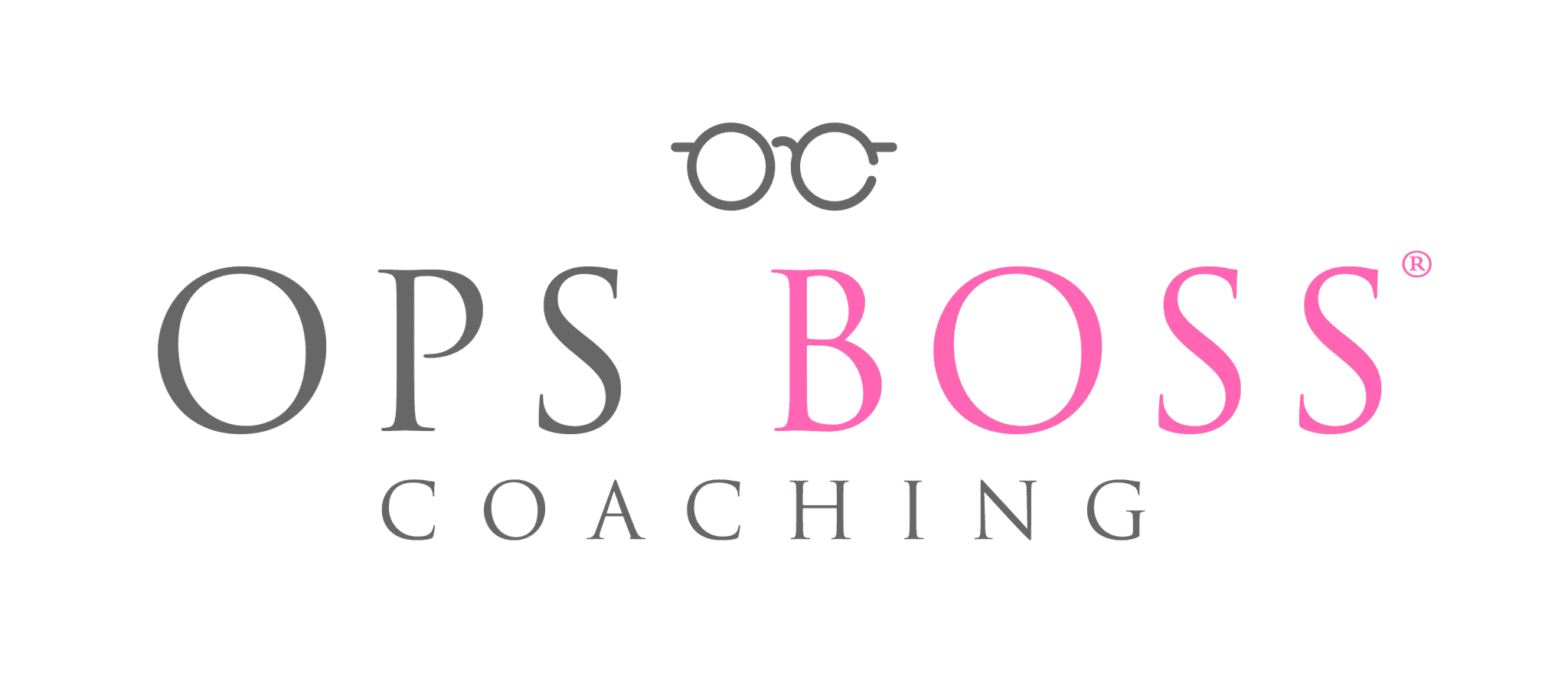We’re all buried in emails these days. Whether you’re dealing with your Rainmaker (Business Owner/Team Leader), client, or teammate, the challenge is the same: How do you ensure your emails actually get noticed? Spoiler alert: it starts with following a few best practices to cut through the inbox clutter.
Ops Boss® Email Best Practices: Your Ultimate Guide to Getting Noticed
1. Write Killer Subject Lines
Your subject line is your first (and sometimes only) chance to grab attention. Nail it, or risk your email being lost in the digital void.
- Be Specific: Vague isn’t your friend. Instead of “Meeting Request,” try “Need Response: Confirm Meeting Date for Event Brainstorm.”
- Keywords Matter: Use terms like “deadline,” “review needed,” or the name of the client/event for easy searching later.
- Indicate Urgency: When time’s ticking, say so! Example: “Action Required: Submit Reports by 5 PM.”
- Keep It Short: Less is more. Aim for 5 words or less.
Subject Line Examples That Work:
- “Urgent: Final Budget Approval Needed by 3 PM”
- “Client Update: Q2 Performance Review Attached”
- “Action Required: Complete Training Module by Friday”
2. The Art of CC (When and When NOT to Use It)
Ah, the trusty CC. Great for transparency, not so great when used like confetti.
Use CC For:
- Keeping someone in the loop (Example: Copy your agent if you’re the TC managing a file).
- Group updates
- Documentation.
Don’t Use CC For:
- One-on-one conversations or sensitive info.
- Assigning tasks (because then no one’s sure who is responsible).
Overuse = inbox overwhelm, so don’t be that person.
3. BCC Like a Pro
BCC (Blind Carbon Copy) is your best friend when you need stealth mode.
When to Use BCC:
- Privacy/Confidentiality: Perfect for group emails where you want to keep email addresses private.
- Avoiding Reply-All Mayhem: We’ve all been there.
- Sensitive Info: Use BCC when you don’t want everyone to see who else is on the email.
4. Write Clear, Concise Emails (Say Goodbye to the Novel Approach)
The structure of your email is key. Break it down for maximum clarity:
- Subject Line – Set the tone early.
- Greeting – Be polite.
- Purpose/Call to Action – State why you’re emailing.
- Details – The ‘meat’ of the message.
- Closing – Keep it professional or friendly, depending on the recipient.
Pro Tip: Use bold and highlights sparingly to draw attention to important info—don’t turn your email into a neon sign.
Example:
- Subject: Meeting Confirmation for Thursday
- Greeting: Hi Team,
- Purpose: I’m writing to confirm our meeting this Thursday.
- Call to Action: Please let me know if you have any agenda items to add.
- Details:
- Date: Thursday, July 10
- Time: 2:00 PM – 3:00 PM
- Location: Conference Room B
- Agenda: Project updates, upcoming deadlines, Q&A session.
- Closing: Thanks, and see you all on Thursday!
Best, [Your Name]
5. Tone is Everything (No, Really)
Your tone can make or break your message. Match it to your recipient—whether it’s professional, friendly, or straight to the point.
Keep it Positive & Respectful:
- “You missed the deadline” vs. “I noticed the deadline was missed—let’s figure out how we can stay on track moving forward.”
- Positivity creates collaboration. “I’m happy to help with this project.”
- Keep it simple and direct. “Please provide the report by Friday.”
Avoid the snark or negativity. You don’t need an email war in your life.
6. Avoiding Email Blunders (Because No One Needs That)
Before hitting send, remember:
- Proofread – No typos, no drama.
- Check Your Recipients – Are you sending this to the right people? (No accidental email bombs, please.)
- Attachments Attached? – We’ve all been there—mentioning an attachment that’s nowhere to be found.
- Undo Send – A lifesaver for when you hit send a little too fast.
Conclusion: Don’t Let Your Emails Fall Flat
Let’s be real—email is still a key form of communication, even if we all secretly wish we had fewer of them. By following these simple email best practices, you’ll cut through the noise, get your message read, and maybe even spark some action. So go ahead—write that email like a boss. You’ve got this.
What REAL Ops Bosses® Do!
Join the Waitlist for our next “Tactically A Boss” class where Brooke Wilson (our very own Systems Boss here at Ops Boss Coaching) teaches ALL the tangible, practical things you need to rocket launch your career as an Executive Assistant, Director of Operations, Office Manager or overall Ops Boss®!
